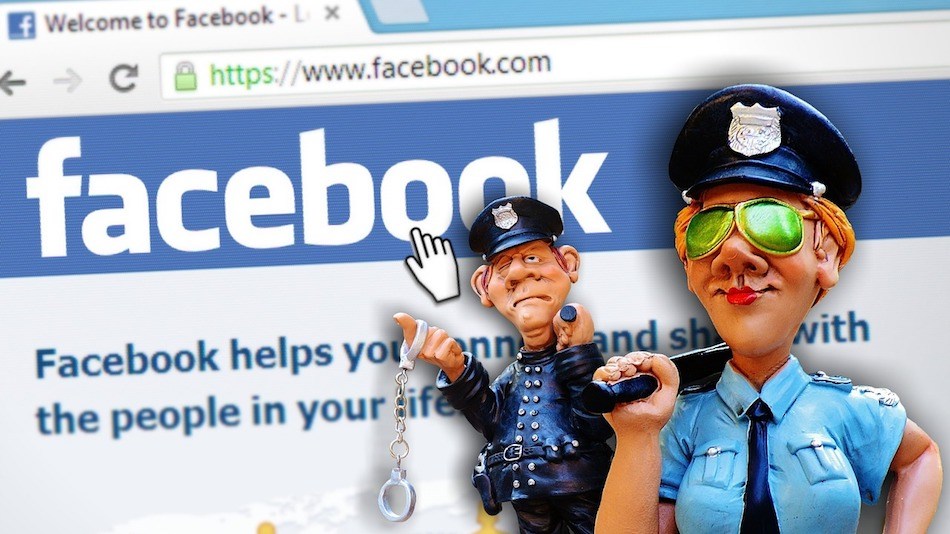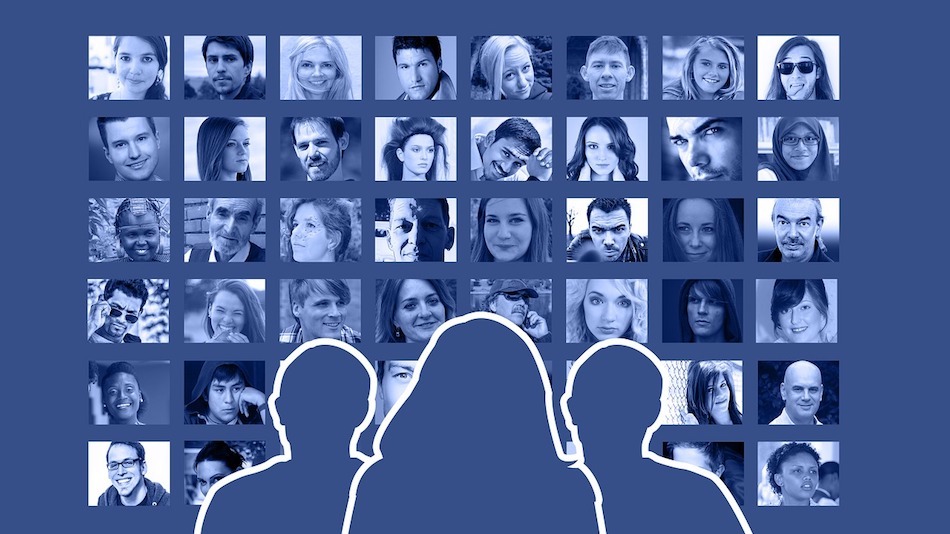
Photo credit: Pixabay.
If you’re a marketer, you know how Facebook’s advertising tools can help you target only those who want to see the content you want to share. But to do it effectively so that potential consumers see and interact with your ads is no turkey shoot. Rahul Gupta, Facebook’s Client Partner – South East Asia, gave us a primer at the Tech in Asia Singapore 2017 conference.
All of us are in the crux of the next big transformation.
He started with the story of Sylvester “Pat” Weaver.
At 29, Pat Weaver was heading the radio department of Young & Rubicam. This was in 1937. Advertising was all about 30-minute-long soaps about products in those days. Later, he joined NBC. Television too was running half-an-hour-long radio-style ads, and that didn’t make any sense to Weaver. Television viewers were a different breed, who were consuming content in an entirely different fashion compared to radio consumption, he felt. Weaver was the first to cut short the 30-minute ad slots to 30 seconds for TV. There was much uproar about it. But he stuck to his ground and eventually, that became the norm.
Weaver scripted the biggest transformation in the advertising industry so far. “His persistence in changing the ad format resulted in a massive uphaul in the TV industry, which grew from US$12.3 million to US$3 billion in three years because of that move,” Gupta says, adding that TV hasn’t changed since then in the last 60 years.
“All of us are in the crux of the next big transformation,” Gupta says. But for that – like Weaver did – we need to understand the way consumers are behaving.
“Mobile will be the heart of the consumer journey. We are at the tip of the iceberg right now. We will keep that focus at Facebook,” he says.
Watch out! Soon, the consumer will be in control

Photo credit: Pixabay.
Mobile is increasingly becoming the center of where consumers spend time. This is great because “mobile will allow us to do personalized marketing at scale. Rather than one mass message to everyone, you could personalize the message to speak to people and target them based on their interests alone,” Gupta notes.
Mass media – like television – can stick an ad bang in the middle of a favorite TV show and consumers will live with it, though begrudgingly. “But the consumer will be in control soon. Rather the consumer’s thumb will be in control – so we have to work harder in the scenario where consumers will switch off if they are not interested,” Gupta warns.
“If you are running a fast-moving consumer goods (FMCG) company, you should be thinking: why should the same ad be showed to a first-time user of the product as well as to a competitive consumer who keeps switching products? Technology will enable us tailor it,” he says.
The rise of a new visual language
The next big challenge will be figuring out the best way to tell our story, Gupta says.
The human brain processes images 60,000 times faster than words. And so it just takes 30 milliseconds to create an impact with a visual. Gupta adds we have gone from an era of a text-based communication on mobile to visual, picture- and video-based communication.
“Text-based communication gave way to photos, which gave way to videos. Virtual reality [and] augmented reality (VR/AR) is next,” he says. “The way we tell stories will be visual. The way we use visuals will also change. The way we need to think about video needs to be different too. People spend five times longer with video than with static images,” he adds.
At Facebook, he says, “we are seeing an incredible opportunity with the convergence of mobile and video.”
You need 3 types of video feed
According to Gupta, there are three key implications of this change in consumer behavior.
1. Don’t think linear
While growing up, most of us spend time with family and friends gathered around a TV at the same time. But not any more. “I can pull out my phone any time I want and watch the content I want. Our consumption is not linear any more,” Gupta points out.
“The same consumer wants to see short, on-the-go content, at times. There are other times when she wants interactive content. The same consumer might want longer, lean-back content, at other times. So you need three different video feed types: on-the-go, interactive, and long, lean-back content,” he says.
2. Play more with immersive and engaging stories
For instance, Facebook launched a new ad format called Canvas early last year. This aimed to solve the problem of slow-loading webpages that frustrate Facebook users, often forcing them to abandon the page. Canvas lets advertisers use a mix of video, still images, text, and call-to-action buttons on mobile.
Carousel is another example of an interactive ad format that Facebook came up with. Using Carousel, you can show 10 images or videos within a single advert, each with its own link. This was launched in March 2015.
“Since then, advertisers have seen carousel link ads drive 30 to 50 percent lower cost-per-conversion and 20 to 30 percent lower cost-per-click than single-image link ads,” Facebook shared in a blog post.
These types of ad formats will allow advertisers to break up the ad into small bite-portions. “Marketers need to learn to play more,” Gupta says.
3. Think of stories, not duration
Gone are the days when companies and brands were writing off half the money spent on advertising as a waste, Gupta says.
“We are moving into a world where we will be able to measure the true performance of our marketing spend. The impact of our marketing campaign will be able to be measured across channels, publishers, and devices,” he says, urging marketers to stop thinking of the ad duration, and instead focus on telling the story right.
“An ad could be 3 seconds long, 30 seconds, or 3 minutes. The key is to get the story right,” he says.
This is part of the coverage of TIA Singapore 2017, our conference that took place on May 17 and 18.
This post Tips on social media marketing from Facebook’s Rahul Gupta appeared first on Tech in Asia.
from Tech in Asia https://www.techinasia.com/facebook-marketing-tips
via IFTTT
No comments:
Post a Comment